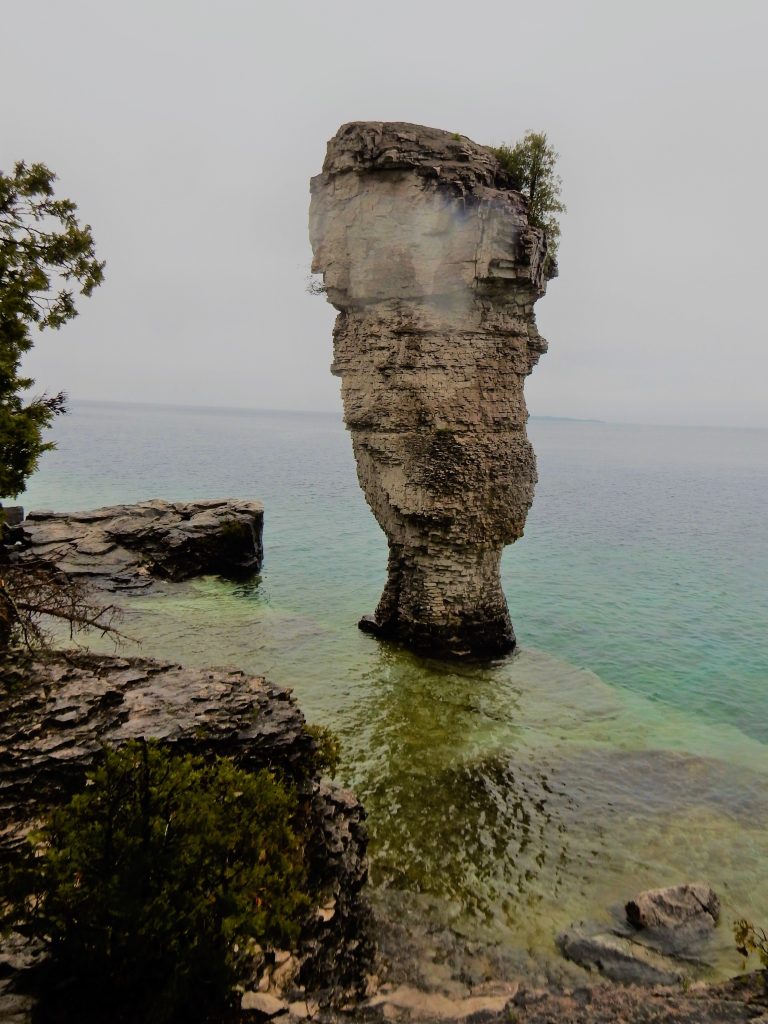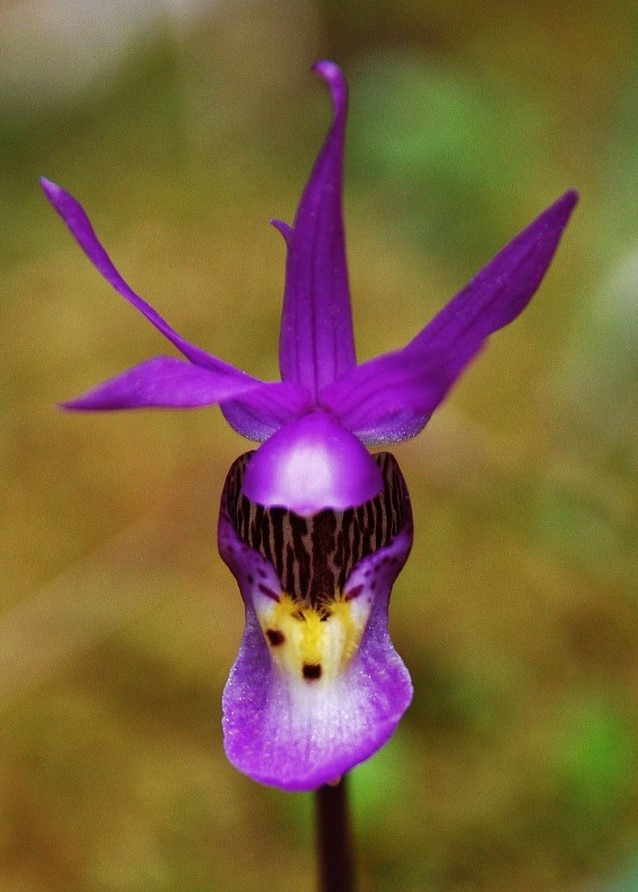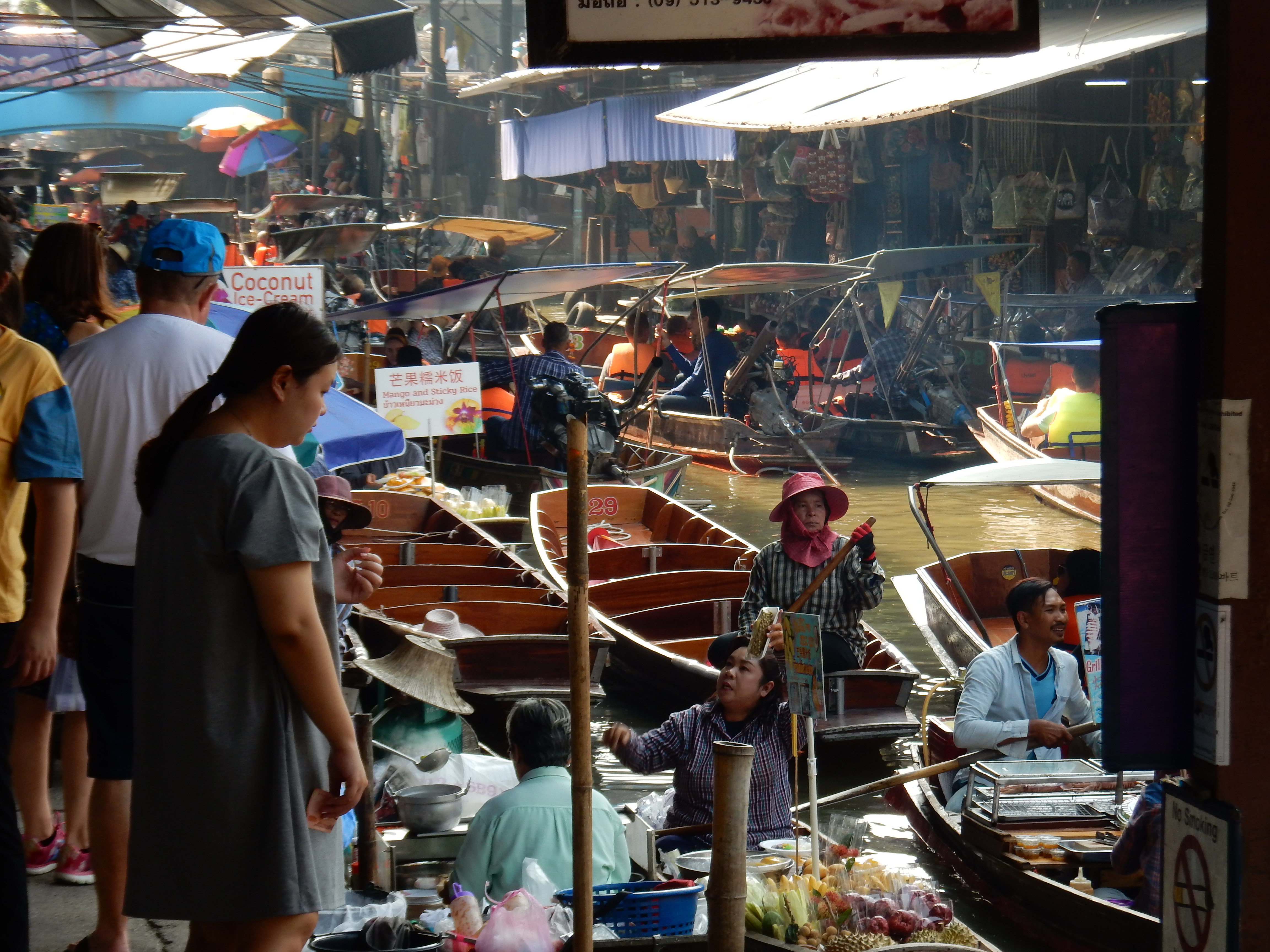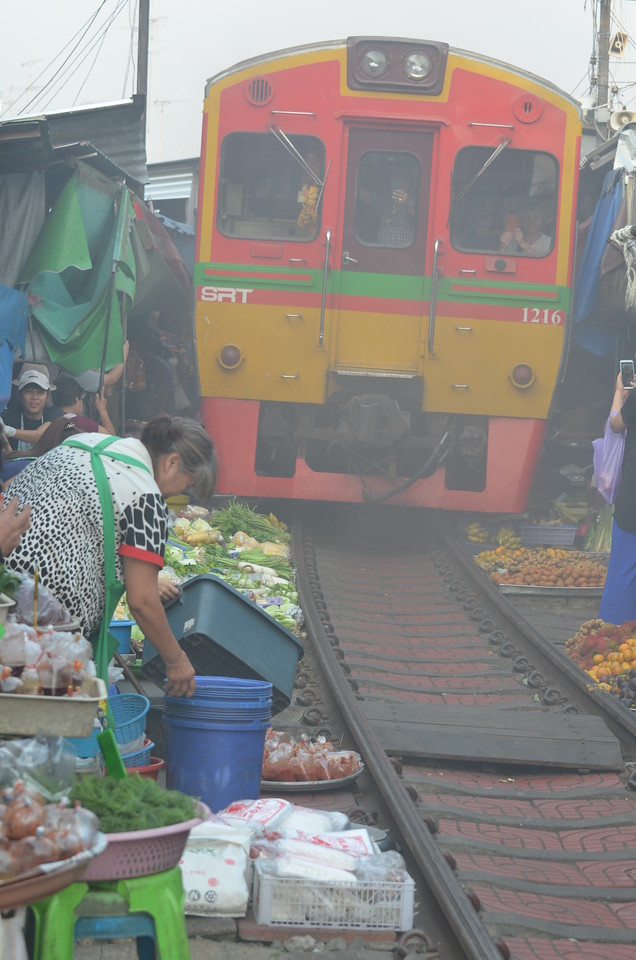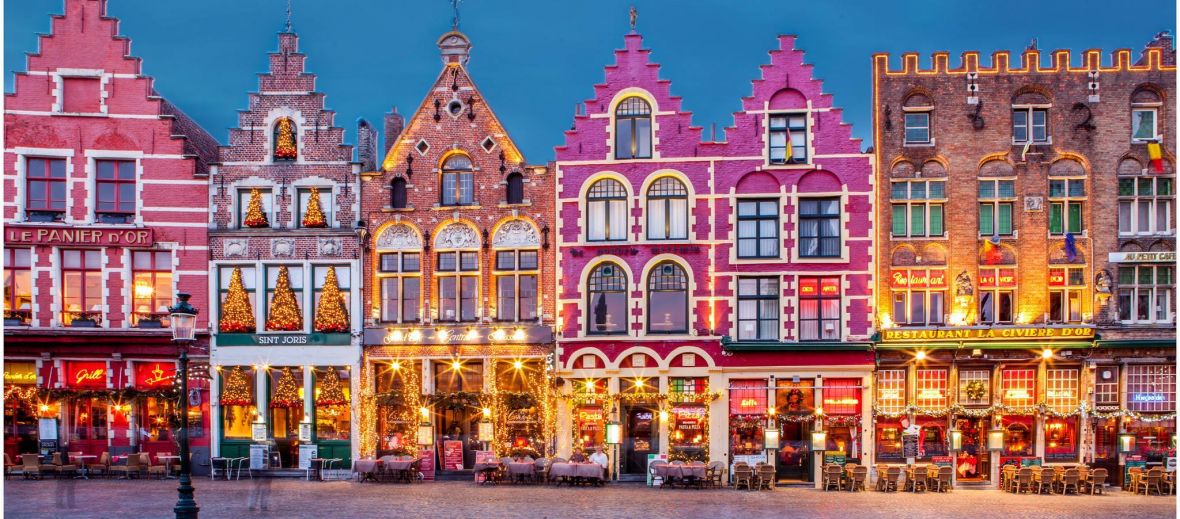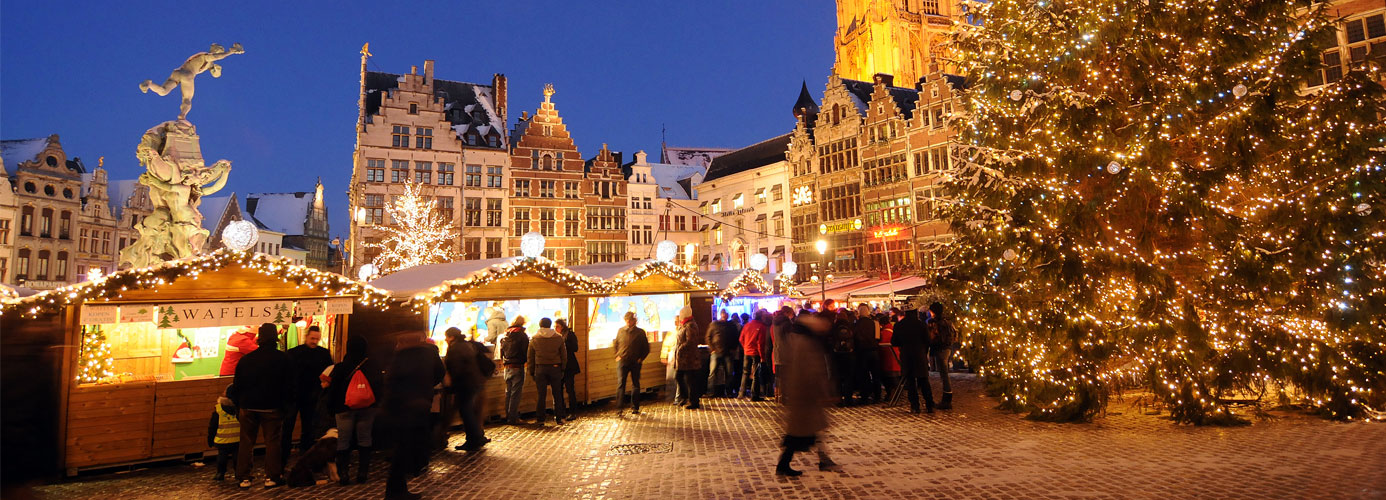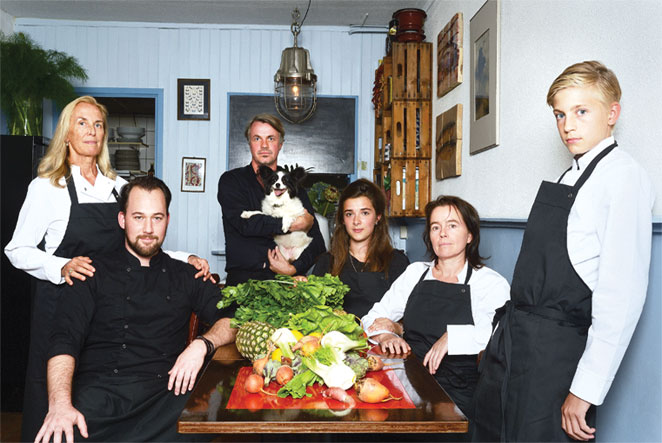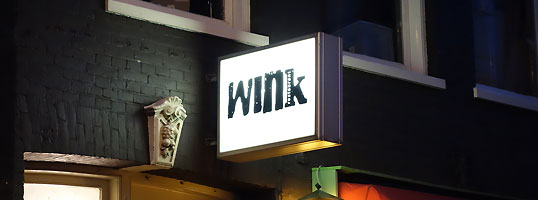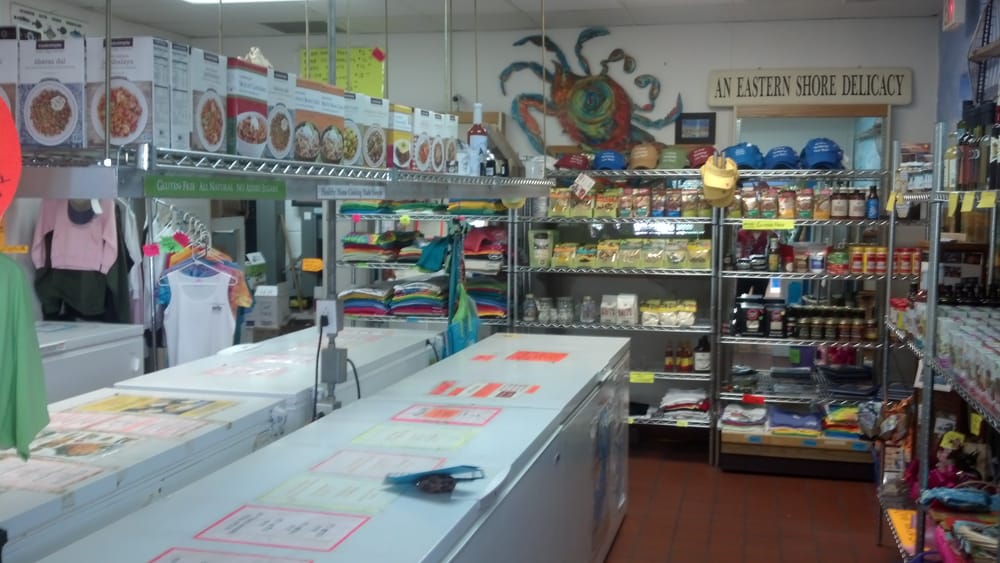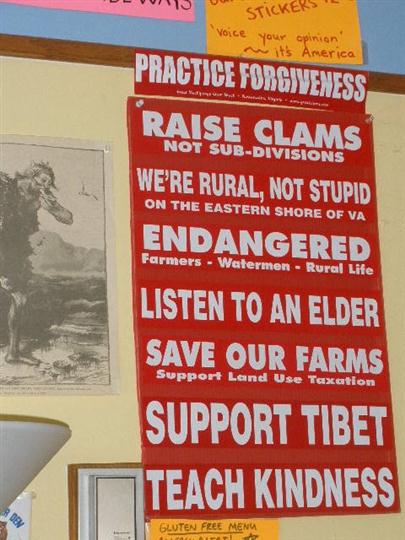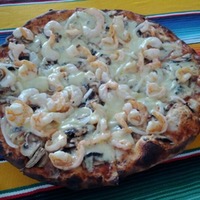CALAVERA BAR & GRILL
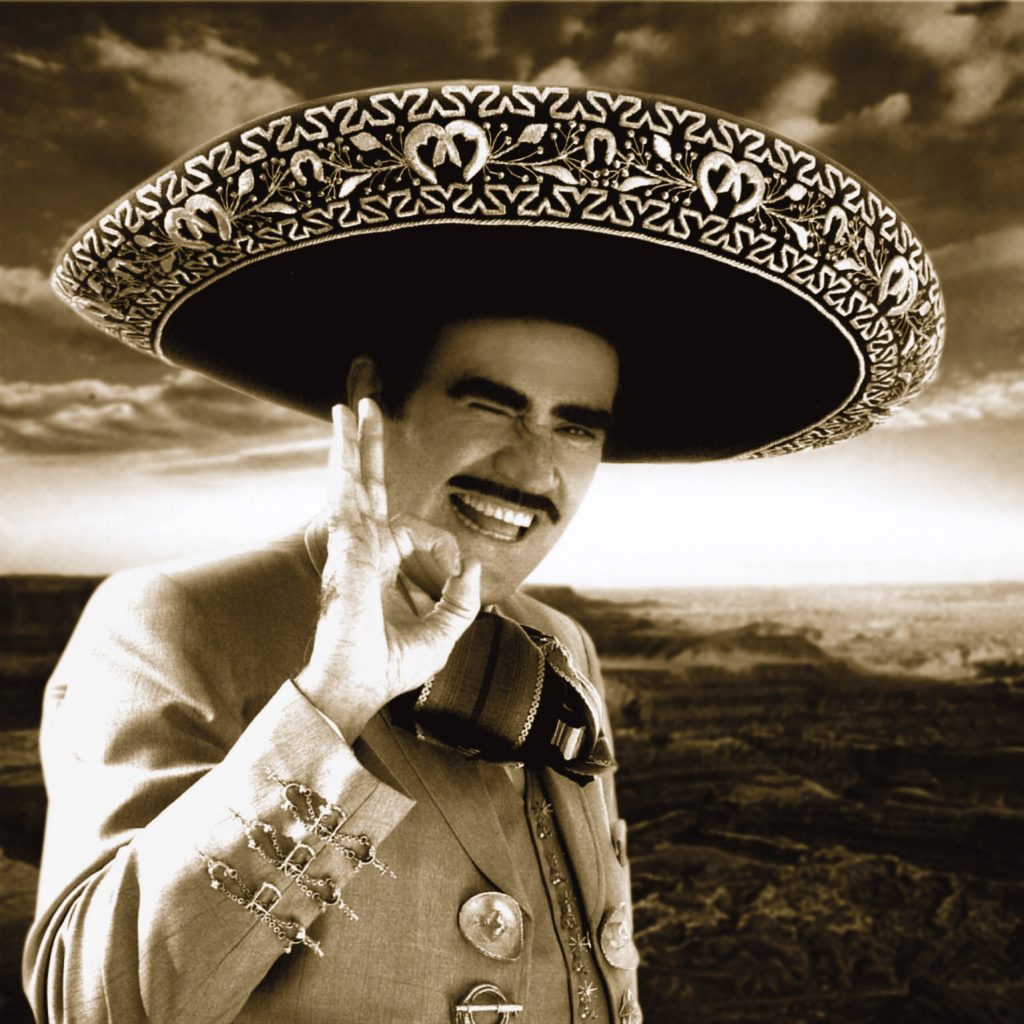
“You guys look like somebody sold you a sandwich without any meat,” the dude behind the Fox Rental Car counter at the Phoenix airport said to us. My brother Brian shook his head and laughed: “Yep, you nailed it. Exactly.” It had been that kind of day.
The start of our epic Southwestern road trip had gotten delayed by 4-5 hours because our hotel had decided to stop running its free airport shuttle due to the COVID pandemic, but had not bothered to update its blurb on Hotels.com to let the world know they were no longer running the shuttle, and so we got stranded in the hotel lobby because no taxi cabs would come and pick us up, despite the fact our hotel was only 10 mins away from the airport.[1]
After the most expensive Lyft ride in history, we finally arrived at the airport but it took us forever to find the rental car counter; we mistakenly boarded a bus headed back to the terminals and if a kind passenger had not warned us to jump off, we might have just said “Screw it,” and hopped on a plane to Mexico.
Maybe because he had only been at the job for 2 weeks and had not become jaded and cynical yet, or maybe just because he was just a righteous dude (his main job was running sound systems for raves, this was just his side gig), the rental car guy totally hooked us up by waiving the additional driver fee, and our luck started to change.
After brief pitstops in Apache Junction (Goldfield Ghost Town and Superstition Mountain Museum) and Arcosanti, we headed north on I-17 and made a left onto AZ-260, entering the Verde Valley. Although we had booked a Sedona Vortex tour[2] for 9:00 am the next morning, if you’ve ever travelled to Sedona, you’ll know that reasonably priced hotels are a rare find, so we had decided to stay in Cottonwood for the night.
Upon checking into the Lux Verde Hotel[3] ataround 9:00 pm, the front desk lady informed us that restaurants in downtown Cottonwood had already closed at 8:00 pm. On a Saturday night. My brother and I just stood there staring at each other in shocked disbelief. If she would have told us a UFO just landed in the parking lot, we would have been like, “ok, cool, thanks for letting us know,” but we could not wrap our heads around the concept of restaurants closing their doors at 8:00 pm on a Saturday night. Inconceivable! But true! Maybe it was a residual of the pandemic wreaking havoc on the restaurant industry or maybe it was just the way they did things in Cottonwood, AZ, but whatever it was, we had just gotten slapped in the face by hard cold reality for what seemed like the millionth time today. “What do we do now?” I asked, trying not to sound as dismal as I felt.
Fortunately, while I had been driving, Brian had glimpsed out the passenger door window a roadside bar called the Calavera Bar &Grill. “Maybe the kitchen will still be open,” I said, with a glimmer of hope, “because it’s a REAL bar, which would naturally respect the commandment that bars shalt not chase away hungry customers on a Saturday night.” Silently praying to the gods of weary travelers, I called (928) 634-9618, took a deep breath and asked the nice lady who answered the phone if the kitchen was still open and to my delight she said “YES!!” And it was going to remain open until the wee hour of 10:00 pm!! My prayers had been answered.
When we walked through the door, we saw hundreds of skeletons and very few living, breathing human beings. True to its name, “La Calavera” was inundated with Día de los Muertos imagery. Brightly colored smiling skulls were carved into the tall chairs, dancing skeletons swayed from the ceiling, and the walls were covered with paintings of folks wearing the distinctive sugar skull makeup traditionally worn during Day of the Dead parades.[4] When our charming hostess appeared, we eschewed the cavernous dining area that had already emptied out except for a few lonely leftover tortilla chips, and asked to sit at a table in the bar area, which still showed signs of life.
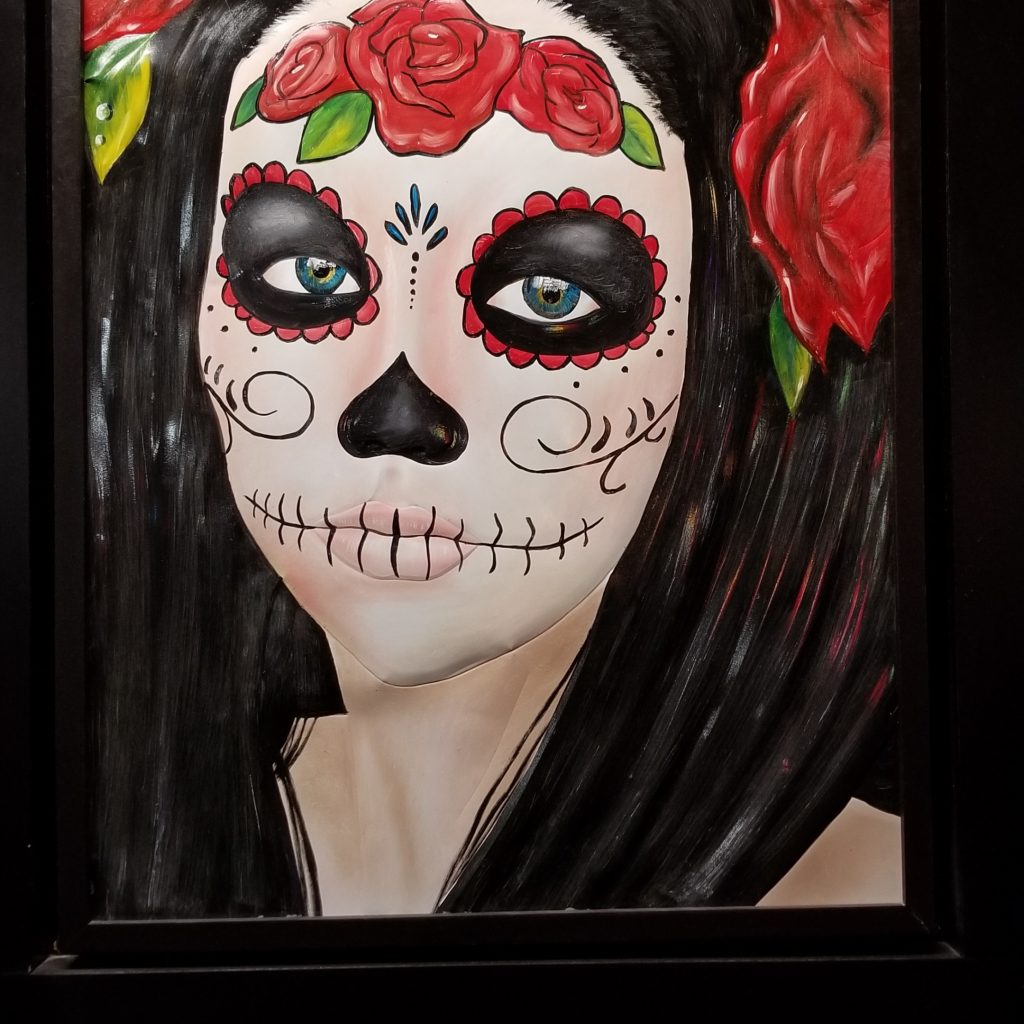
We did not ponder the menu for long because we were famished and we knew the kitchen was closing soon. Within minutes of placing our order, we were sipping on margaritas as big as a baby’s head and wolfing down chips and salsa like there was no tomorrow. Then our meals arrived piping hot on enormous platters. We immediately started taking pictures of everything–the drinks, the food, the décor, ourselves–out of the special kind of gratitude that can only come from a day that starts out shitty and appears to be ending on a high note. I wish I could tell you exactly what note that was on the scale, but whatever it was, we were tuned into the Universal frequency and we heard it LOUD and CLEAR! It was coming out of the impressive sound system hooked up to the enormous TV behind the bar. We stood up in our seats and craned our necks to try to see who was singing.
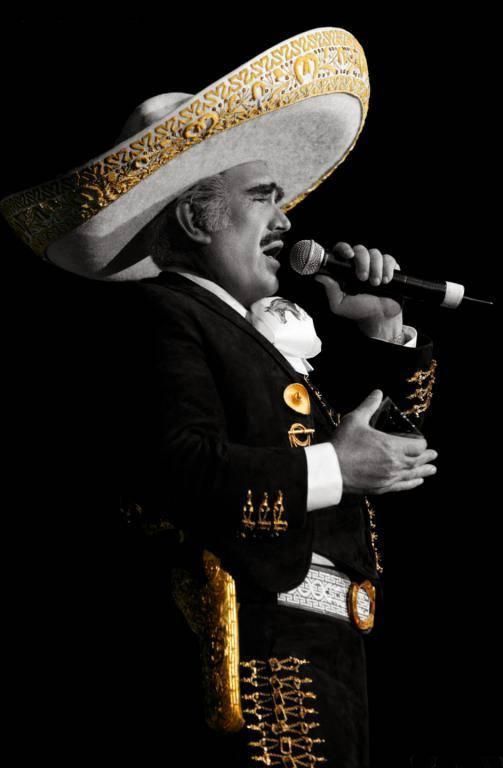
He was a mustachioed man wearing a sombrero almost as enormous as the TV. He was dressed in the kind of suit and tie and cowboy boots typically worn by Mariachi musicians, but he wasn’t playing an instrument–not in his hands, anyway–this guy’s instrument was his voice! And what a uniquelygifted voice it was! He wasn’t exactly a spring chicken–he had some years on him–but he could belt out high notes with the strength and vibrato of a young operatic tenor but with the richness of tone that comes from maturity and with the lyric expressiveness of a troubadour. Knowing we were in the presence of greatness (albeit televised), we both started talking at once: “Who the hell IS this guy?” asked Brian. “He’s got to be a superstar,” I said. “Yeah, he isn’t just anybody.” “Oh no, I said, “He’s somebody alright! Who can sing like that? And at his age?” “INCREDIBLE!!”
Brian stood up. “I’m going to go find out who this dude is,” and as he walked over to ask the owner of the restaurant, I munched on the fruit that garnished my margarita and watched the crooning vaquero in stunned amazement. Brian returned to our table and excitedly informed me the dude’sname is Vicente Fernández and he’s a Mexican cultural icon. “Like the Mexican Frank Sinatra,” I said. “Exactly,” said Brian. Known affectionately as El Ídolo de Mexico and El Rey del Música Mexicana, Fernandez has won 3 Grammy awards, 8 Latin Grammy awards, 14 Lo Nuestra awards, and his records have sold over 50 million copies worldwide, making him one of the most famous Mexican artists ever. And he started out as abusker. Unbelievable! But even more unbelievable was that we had never heard of him until now.
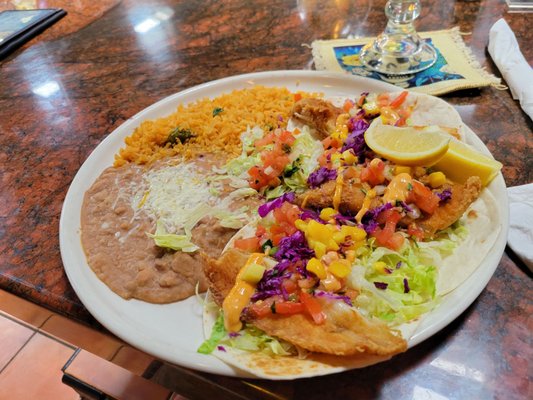
Our meals were tasty and satisfying enough, but not nearly as extraordinary as Vicente Fernández, who by this point, had become the focal point of our attention–Brian was literally making a video of the televised concert with his phone. Some of the bar patrons must have noticed our new obsession because they would turn around in their stools every so often and tell us little facts about Fernández and his music; for example, his genre is known as ranchera, a traditional form of Mexican music originating from rural folk music that pre-dates the Mexican revolution. The most common themes of ranchera are love, nature, patriotism, and honor and a recognizable feature of many ranchera songs is the grito Mexicano, a shouting cry that punctuates the verses. Most of Fernandez’s greatest hits evoke sorrowful pining over lost love, which heexpresses with a vocal style that sounds like he’s sobbing while he’s singing.[5]
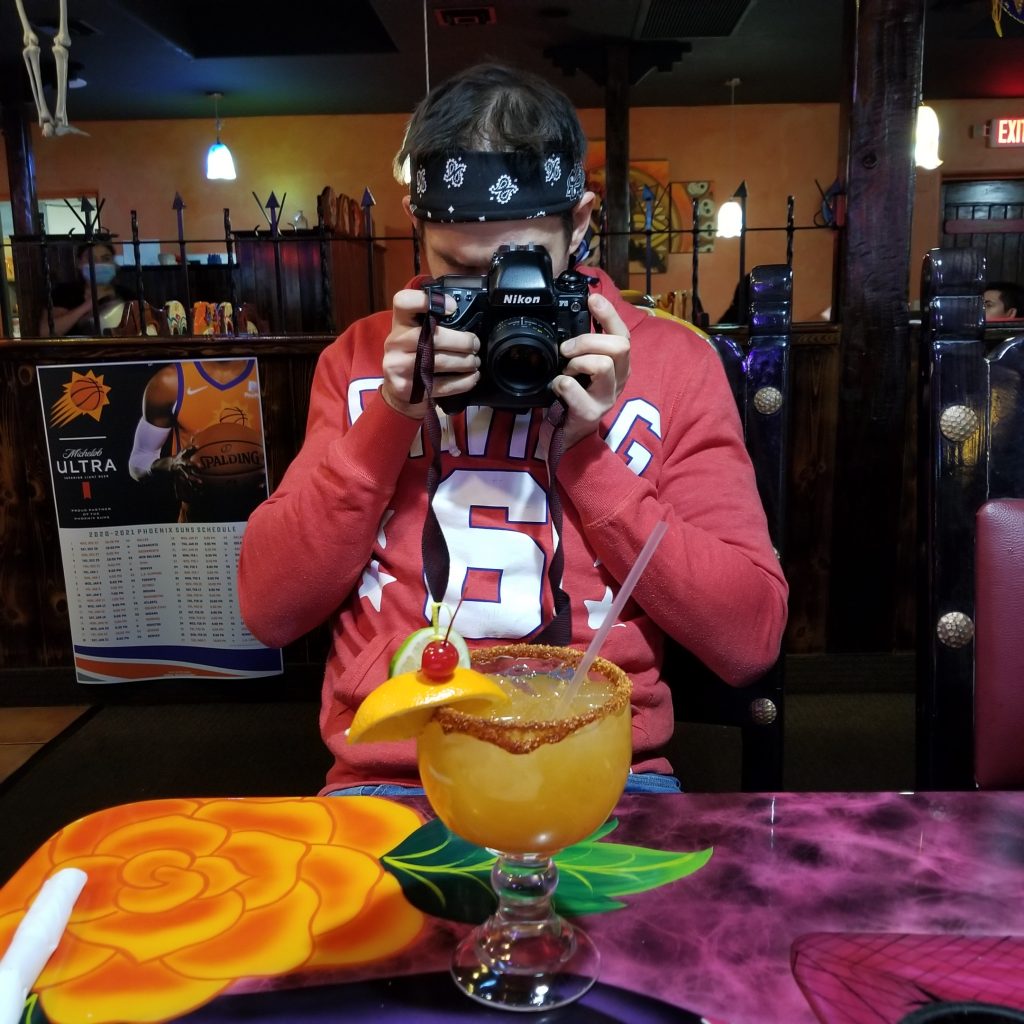
As we finished eating the last morsels of our dinner and waited for the check, we noticed that the music had changed. El Ídolo de Mexico had been replaced by two younger artists who had traded in their sombreros for cowboy hats and their mariachi suits for jeans and button-down printed shirts. Their musical style was different too. Their songs were structured more like pop tunes with verses separated by musical interludes but this was not rock music; nothing even close. This was unapologetically country music sung with a swagger. Sometimes, the musical accompaniment was sparse, consisting of an acoustic guitar, an accordion and a tuba,[6] and sometimes there was an entire horn section, but what all these songs had in common were their pared-down simplicity; they lacked electrified instruments, electronic sounds, and elaborate arrangements.Another similarity between these two young cowboy singers is that they bothplayed starring roles in melodramatic music videos with plots like telenovelas, wherein the star got into an argument with a dolled-up sexy woman (presumably his wife or girlfriend) that always involved a cell phone as well as plenty of temper tantrums, tears, boozing, and maybe some horses and cattle thrown in for effect.

In terms of sheer vocal talent, no one could beat Vicente Fernández, but these tunes were so catchy and the videos were so wildly entertaining, Brian and I remained transfixed to the TV after we had paid the bill. We looked up the names of the two young cowboys, who both wore full beards to mask their baby faces so they could appear more macho. The one with the dramatic tenor voice and the roaring lion logo was Carin Léon, or just “Léon” for short.[7] The one with the booming baritone with a penchant for leather jackets went by the stage name El Fantasma, or “The Ghost.[8]” Their genre, known as Regional Mexican music, is broader than ranchera, although it is rooted in traditional folk music and incorporates ranchera elements, it also includes the corrido–anarrative tale about history, oppression, criminal lifestyles, or other pertinent social issues that first became popular during the Mexican Revolution and remain popular today.[9] Both Léon and El Fantasma have achieved pop star status due to the widespread semination of their music on social media outlets.
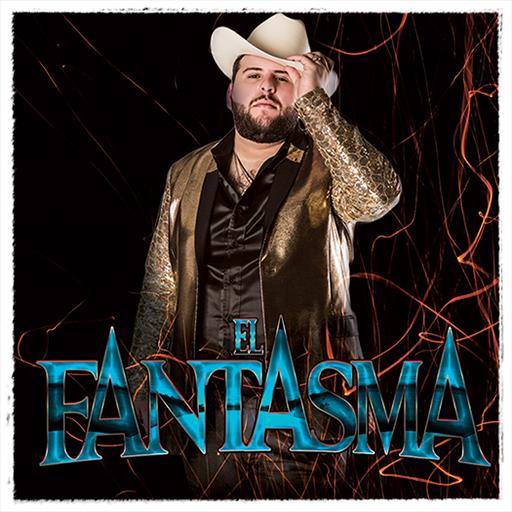
Begrudgingly, Brian and I started mumbling about how we should really get going so that the server could clear our table, but neither of us got up. We simply did not want to leave; we were having too damn good of a time. Suddenly, one of the bar patrons swiveled around on his stool and invited us to sit next to him. “Come on, the party’s just getting started,” he said as he waved us over. Judging from his shirt, he looked like he worked for a landscaping company. Brian and I looked at each other incredulously, not just because this random landscaping dude had just read our minds like a psychic, but also because it was well after 11:00 pm. “Whynot?” I shrugged and Brian agreed. We sidled up to the bar and ordered Pacifica beers, curious as hell to see what was going to happen next. A few more guys entered from a side room that I didn’t even know existed, sat down at the bar and ordered a pitcher of beer. I noticed one of them was carrying a microphone. I nudged Brian. “I think there’s going to be some audience participation here soon.”
Occasionally, instead of videos, song lyrics would appear on the TV screen and the microphone would get passed around from one brave and/or borracho[10] soul to another, including the adorable girl tending the bar, whom everyone applauded vigorously. Nowhere near as egocentric and annoying as karaoke, this practice felt like it was bonding all of us seated around the circular bar together in our shared appreciation ofthe music, rather than providing a stage for individuals to compete forattention. I felt like a participant in an ancient ritual that pre-datedChristianity, like Native America was rising up from the red earth and embracing us.[11]
If we didn’t believe things could possibly get better, they wouldn’t have. Because nobody got up to leave, our hosts interjected some energetic dance music into the video show to keep the fiesta going into the morning. Highlights included Mi Matamoros Querido by Rigo Tovar, a cumbia with an infectious rhythm and a good old early-70’s organ sound reminiscent of The Doors,[12] and the dance mix by Banda El Mexicano, the spunkiest old geezers you’ve ever seen wearing sparkly space suits, busting out riffs that hook you and beats that make it impossible for you to sit still in your chair.[13]
But the all-time favorite video with the Calavera crowd that they played no less than 3 times during our visit was the song Yo Ya No Vuelvo Contigo by El Grupo Firme. Set in a large wooden pavilion, 4 vocalists passed the microphone to one another (not unlike our buddies at the bar) while a large band of musicians (accordion, guitars, horns, woodwinds, and percussion) backed them up and mouthed the lyrics. When not singing or playing, they ate tacos and drank copious amounts of beer and tequila straight from the bottle. The guy sitting next to me explained that this musical style is called Banda, which means “band” in English. Banda is yet another form of Mexican Regional music characterized by the large size of the group (generally 10 to 20 members) and the breadth of the repertoire, which can include dance music such as cumbias, boleros, bachatas, salsas, sambas, polkas, and waltzes, as well as rancheras and corridos. Often bandas have more than 1 vocalist and often employ 3-part harmonies as well as the ubiquitous grito Mexicano.[14]
Our buddy at the bar explained that El Grupo Firme is not your traditional run of the mill banda group. They emerged out of the midst of the COVID pandemic via social media to become one of the hottest acts out of Mexico and are now immensely popular among Mexicans and Mexican-Americans living in the U.S. Upon further research, we learned that El Grupo Firme is smaller than typical banda groups and as they hail from Tijuana, the instrumentation they employ and their resulting sound is closer to the norteño genre from Northern Mexico, that relies heavily on the accordion and the rhythm of the polka.[15]
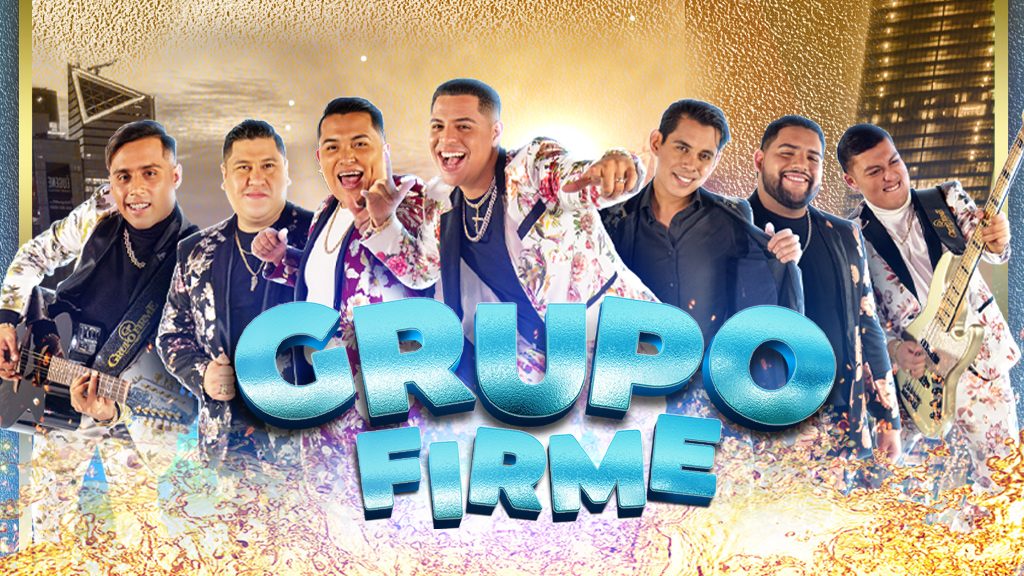
Perhaps the most accurate way to characterize El Grupo Firme’s repertoire is to say that they’re expertly crafted drinking songs and while they may lack the melodic grace of Irish drinking songs, El Grupo Firme makes up for it in the raw, unbridled emotion they convey as they pour the tequila into their mouths and they pour their hearts out of their mouths, like an inhale and an exhale. This is Zen, Mexican style. And their fans, many of them laborers separated from their loved ones back in Mexico, can relate wholeheartedly. Finally, someone is speaking directly to them and creating art out of their everyday experiences and this undoubtedly has an empowering effect.
The good times rolled on until we closed down the place, paid our tab, said our goodbyes to our new friends, and sauntered back to our rental car under the light of the full Worm Moon.[16]
“What happened back there? What was THAT?” we asked ourselves, shaking our heads, trying to process it all as we drove back to our hotel. THAT was a situation that would not have occurred if things had gone according to plan. THAT was a situation that occurred organically precisely because things did NOT go according to plan. Instead of letting ourselves get thrown off course by the bumps in the road, we opened ourselves up to what the Universe might have in store for us instead of what we had envisioned, which brought us to the right place at the right time with the right people.
We learned more about Mexican music that Saturday night at the Calavera Bar & Grill than we had ever learned from multiple visits to Mexico. Had we taken a college course on Mexican Regional music, we wouldn’t have had nearly as much fun. And we didn’t have to pass an exam to prove our knowledge. Our only requirements were observant awareness of our surroundings, appreciative engagement with our fellow humans, and active participation in the present moment that was unfolding. These are theonly essential items you need to bring with you when you travel. You can always buy water and sunscreen when you get there.
[1] We think the reason for the dearth of taxis in Tempe is that they all went to Scottsdale because hundreds of tourists had just arrived for MBA spring training and the cab drivers figured it would be more lucrative, but this is just speculation.
[2] Read our Trip Advisor review of Dynamic Journey Tours at https://en.tripadvisor.com.hk/ShowUserReviews-g31352-d21504638-r794278514-Dynamic_Journey_Tours-Sedona_Arizona.html
[3]The Lux Verde was a totally decent play to stay at a good value in a convenient location. There are flat screen TVs, microwaves, and refrigerators in every room as well as free breakfast and a nice outdoor pool and hot tub that we did not get a chance to enjoy due to our hectic travel schedule. https://www.booking.com/hotel/us/hotel-w-sr-a-cottonwood.html
[4] Dia de los Muertos (Day of the Dead) is a 2-day holiday celebrated in Mexico and many regions of the U.S. with vibrant Mexican American communities, such as San Francisco, San Antonio, and Alberquerque, on Nov. 1st and 2ndto honor deceased family members by making altars called ofrendas and sharing their favorite foods that they would have enjoyed in life. The ofrendas, typically placed on the gravesites, are decorated with marigolds (Flor de Muerto) that are believed to attract the souls of the departed to join the party and smiling sugar skulls (calaveras) that not only mock death but remind the living that death is the great equalizer. Candlelight processions of peopledressed in colorful attire wearing calavera face paint is another traditional feature of the holiday that has its roots in Aztec culture. https://dayofthedead.holiday/ For some of the largest Day of the Dead celebrations in the U.S., see https://www.afar.com/magazine/the-most-spirited-day-of-the-dead-celebrations-in-the-united-states
[5] I hope you take the time to listen to the songs, but even if don’t, you’ve got to click on this link just to see thepix of Fernandez dressed in red, holding a red rose, with rose petals falling down from the sky. VICENTE FERNANDEZ LO MEJOR DE LO MEJOR SUS GRANDES CANCIONES - YouTube For more about Vicente Fernandez and the ranchera as a Mexican National symbol, see https://www.panoramas.pitt.edu/art-and-culture/ranchera-music-mexican-national-symbol
[6] Yes, that’s right, a tuba. The quintessential instrument that supplies the bass in Mexican music. And in New Orleans Second Line music too, for that matter. https://www.frenchquarter.com/secondline/ Have you ever heard of a rock band with a tuba player in it? If so, please write to us. Seriously.
[7] Carin Léon is the multi-talented singer,songwriter, musician and leader of the charting Mexican Regional band GrupoArranke. https://www.allmusic.com/artist/carin-leon-mn0003902290/biography Here’s our favorite Léon video they played for us at la Calavarera. Carin Leon - ME LA AVENTE (Video Oficial) - YouTube
[8] Known affectionately as “The King of the Underground,” the mystery surrounding El Fantasma’s identity is part of his allure. Believe it or not, this chart-topping artist for the Afinarte label is in reality a humble gardener named Alexander Garcia. See http://elfantasma.tm-g.org/bio/ We watched his video for the song Palabra de Hombre at the Calavera. And we loved it. You absolutely must watch it! You will love it too. But beware – this song will get stuck in your head! El Fantasma - Palabra DeHombre (Video Oficial) - YouTube
[9] Derived from the romance (a literary genre popular in medieval Europe), the structure of the corrido consists of thegreeting, the prologue, the plot of the narrative, and then closes with themoral and the farewell. In terms of subject matter and poetic lyricism, it can be compared with the blues and rap/hip-hop/spoken word in the U.S. although it is altogether different melodically and rhythmically due to its lack of African origins.
[10] Spanish for drunk, inebriated, shit-faced, however you want to call it.
[11] It was an unusual feeling to feel so comfortable in a place where I had never set foot before. While I’ve often felt like a foreigner in the cities where I’ve lived, worked, and paid taxes, I felt right at home on that barstool with the smiling skull carved into it, clapping for each singer. While it was the first time I felt this way in Arizona, it would not be the last. It has everything to do with how genuinely welcoming and inclusive people are, so that the distinction between “you” and “me” and “us” and “them” ceases to exist.
[12] The cumbia is a form of popular dancemusic that originated in Colombia and spread to Peru, Mexico, and other Latin American countries. This excellent NPR article includes some wonderful audio selections of cumbia music and explains why it can thought of as the backbone of Latin American culture. https://www.npr.org/sections/altlatino/2013/09/30/227834004/cumbia-the-musical-backbone-of-latin-america Maybe it was Ray Manzarek’s brother from a Mexican mother playing the organ on this track. MATAMOROS QUERIDO - YouTube
[13] After watching this video at the Calavera, Brian and I wanted to catch the next plane to Mazatlan. This is honestly the happiest music I’ve ever heard and most fun video I’ve ever watched. MIX BANDA EL MEXICANO PARA BAILAR 2021 - YouTube You’ll note the young dude who doesn’t play an instrument and doesn’t sing and whose sole purpose is to dance; that’s the band leader’s son. If you’re unhappy after watching this video, you need antidepressants. Unless you’re unhappy because you’re not the band leader’s son. Then you’re totally fine.
[14] Banda music started in the middle ofthe 19th century when villagers, trying to imitate military bands, formed their own brass bands to entertain their communities. German and Czech immigrants to Mexico had a profound influence on banda music, with polka music interlapping with Mexican dance music. https://en.wikipedia.org/wiki/Banda_music
[15] For more about the phenomenon that is El Grupo Firme, see https://www.billboard.com/articles/columns/latin/9529898/grupo-firme-strategy-regional-mexican-group/ and for more about the norteño genre,see https://en.wikipedia.org/wiki/Norte%C3%B1o_(music). Here’s the video of the Calaveracrowd’s favorite song: Yo Ya No Vuelvo Contigo -(Video Oficial) - Lenin Ramirez ft. Grupo Firme - YouTube. Andhere’s my favorite El Grup Firme video: Grupo Firme - La Estoy Pasando Mal - (Official Music Video) - YouTube Similar in its narrative style to the Léon and El Fantasma videos, it’s much more polished and culturally refined, including a visit to a beautiful art museum at the center of the melodrama between the band leader, Eduin Caz, and his mamacita.
[16] The full moon in March was so named byNative Americans because it coincides with the time earthworms come wriggling out of the ground because the frost has thawed and the earth is softening to make way for the Spring plants to shoot up. For more about the Worm moon and other Native American names for the full moons in other months, see Full moon in March 2021: When to seethe 'Worm' moon - CNN

